Coronavirus: Tourism industry redundancy threat ‘is not hot air’
More than a third of the country has been hit by a major drop in visitor numbers, the tourism sector says as part of a push for more support when JobKeeper payments expire.
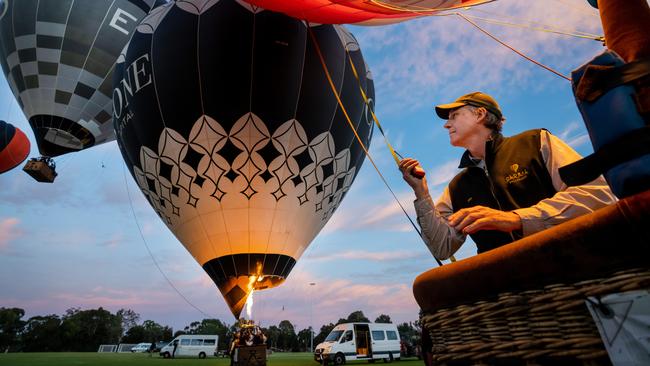
More than a third of the country was hit by a major drop in visitor numbers during the height of the coronavirus pandemic, according to research prepared for the tourism sector, which is using the data to push for more support when JobKeeper payments expire.
Josh Frydenberg, who is touring Queensland after landing in Cairns on Sunday, is not expected to outline the government’s economic support plans while in the state and said significant numbers of people have already come off the wage subsidy scheme. “More than 70 per cent of those who were on the program in Wide Bay, Townsville, Mackay, Isaac and the Whitsunday regions (have come off JobKeeper), more than 65 per cent of those who were on JobKeeper on the Sunshine Coast and 55 per cent of those in Cairns,” the Treasurer said.
“This is a marked improvement on last July when Queensland’s unemployment was the highest in the country.”

With three weeks to go before JobKeeper is due to expire, Australian Tourism Industry Council executive director Simon Westaway said businesses are already planning mass redundancies because of the uncertainty of what help would be offered after the end of March.
The research, compiled by Stafford Strategy for the Transport and Tourism Forum — a separate industry body — found 34 per cent of the country experience a 40 per cent or greater loss of visitors to last September compared with the previous year.
One-third of Australian towns and cities saw some positive growth in that time, attributed primarily to domestic day visitors who spend on average far less than overnight travellers and international tourists.
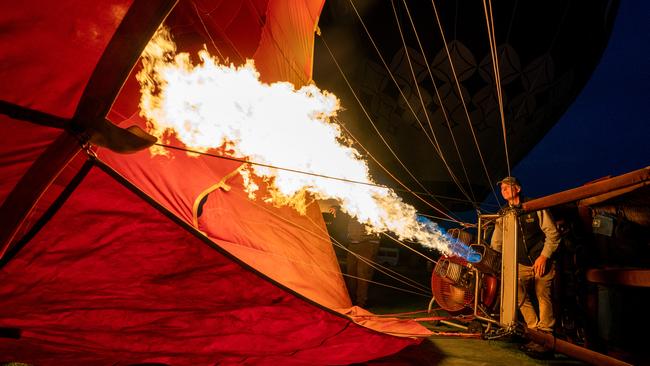
Kiff Saunders, the managing director of Global Ballooning in Melbourne, said his clientele base “literally evaporated” when the government banned Chinese nationals from entering the country in February last year.
About 65 per cent of his customers were international visitors before the pandemic.
“Now it’s just dealing with the domestic market predominantly on weekends and in holiday periods. We’ve had about 18 or 20 staff on JobKeeper,” he said.
“It cost me $40,000 a month to keep the business dormant.
“We were for seven months unable to turn a dollar. I wasn’t given a free pass on all the costs of aviation compliance. You’ve still got to have your internet and phone service. Do you scale your business down where I give up the office? Give up sheds where I keep the balloons? Give up my staff? It’s a really tricky question.”
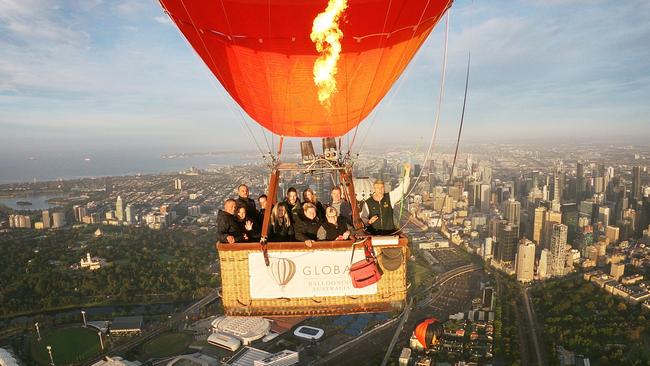
TTF chief executive Margy Osmond told The Australian that the visitor-number research showed the fall in visitors was not confined to a handful of tourism hotspots but was spread across the country, including in the Blue Mountains near Sydney, in central Melbourne, and in Western Australia’s Kimberley region.
About one-third of the country experienced visitor losses of between 10 and 40 per cent, according to Stafford Strategy research report.
“Despite small pockets of visitor resurgence in some well-known locations, this heat map highlights almost every corner of Australia from inner-Melbourne to Broome and from South Australia to north Queensland is still reeling from the pain from this sharp and sustained visitor drop-off,” Ms Osmond said.
“The fact remains that despite some intrastate visitation slowly coming back, as state border closures or merely the threat of them continues to dominate the headlines, widespread consumer confidence and travel is at an all-time low.”

The Palaszczuk government has repeatedly called on Mr Frydenberg to extend the JobKeeper subsidy with international tourists unlikely to return before at least June.
On Sunday, Queensland Premier Annastacia Palaszczuk announced thousands of vouchers for residents of the state to spend on tourism in Cairns and the Great Barrier Reef.
Federal Treasury figures circulated by Mr Frydenberg suggest the Queensland government had committed only $8.8bn in economic support compared to $28.6bn in federal funding.
But Queensland Treasurer Cameron Dick said the federal government had a “clear responsibility to continue support to particular businesses and industry damaged by the international border closure they have imposed”.
Tourism Minister Dan Tehan told the tourism industry’s annual Destination Australia conference last week that he expected the next round of economic support would be announced “in early March”.
Ms Osmond said she was pleased that the government was still listening to the industry and was working on a post-JobKeeper solution, which she said should be a targeted wage subsidy program to help businesses heavily reliant on international tourism.
She noted that if the Stafford Strategy research accounted only for international visitors, nearly two-thirds of the country would have suffered a decline of 40 per cent or more.
With labour market economist Jeff Borland anticipating up to 250,000 jobs could be lost when JobKeeper ends, Mr Westaway said tourism businesses required short-term assistance until the national vaccine rollout brought back confidence in domestic travel.
“The federal tourism package must include direct financial assistance to at-risk tourism businesses. The tourism businesses in the capital cities are most at risk due to the downturn in interstate travel,” he said.
“The tourism industry is not looking for more grant programs or pork barrelling in a few regions.”



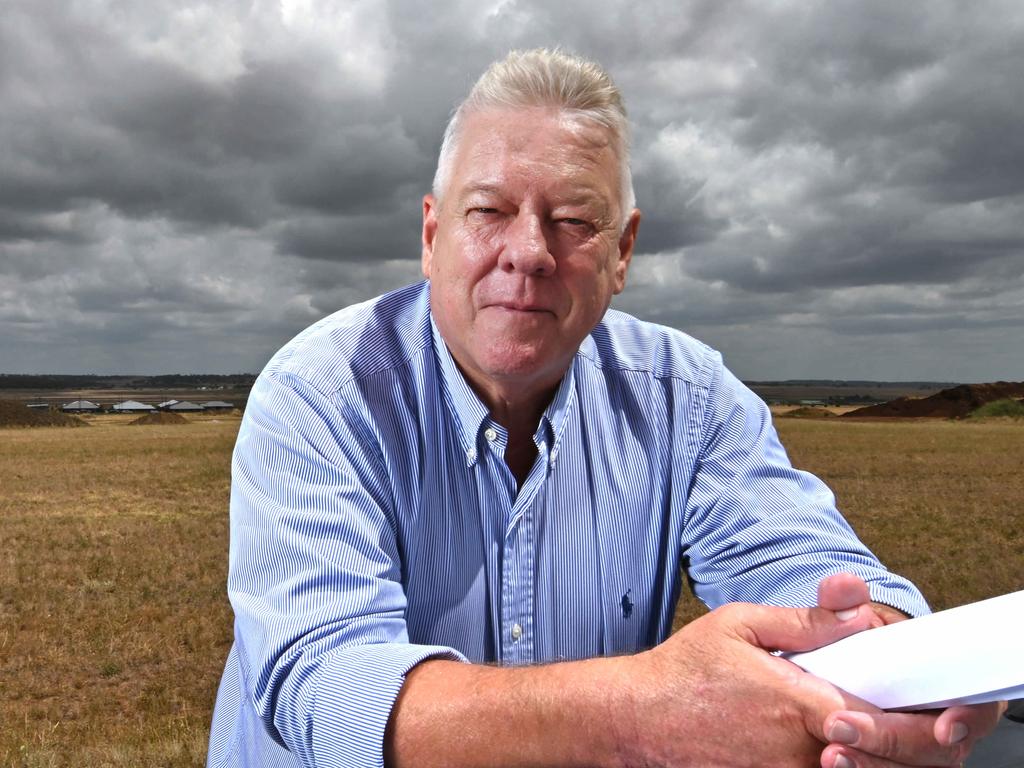

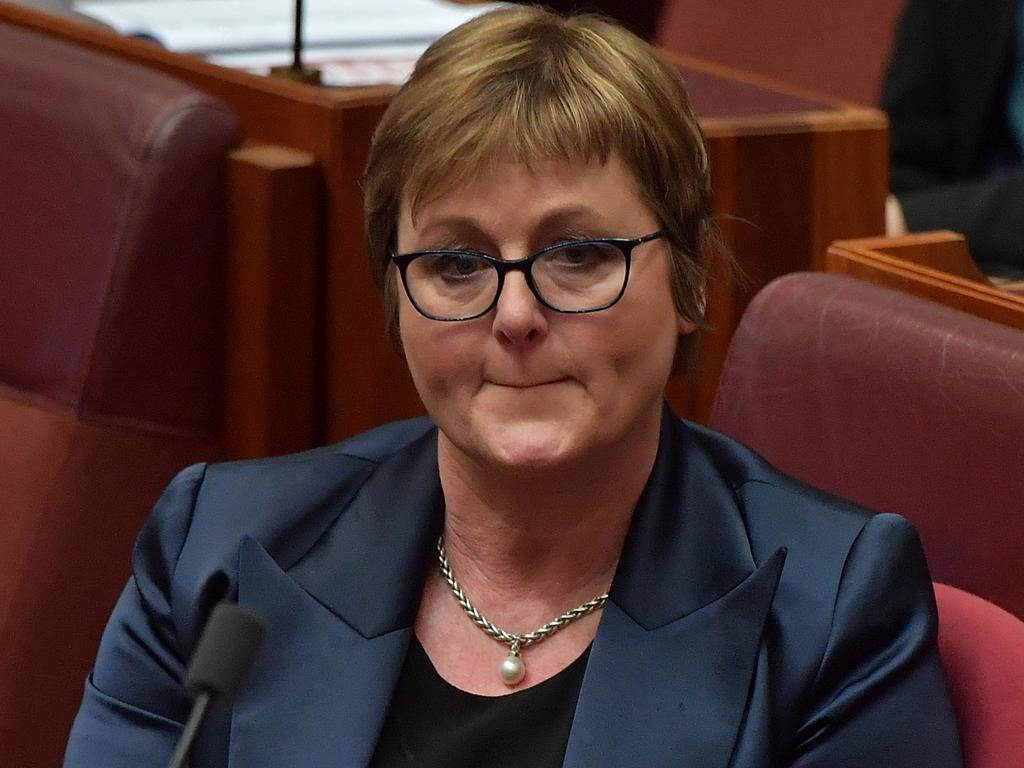


To join the conversation, please log in. Don't have an account? Register
Join the conversation, you are commenting as Logout